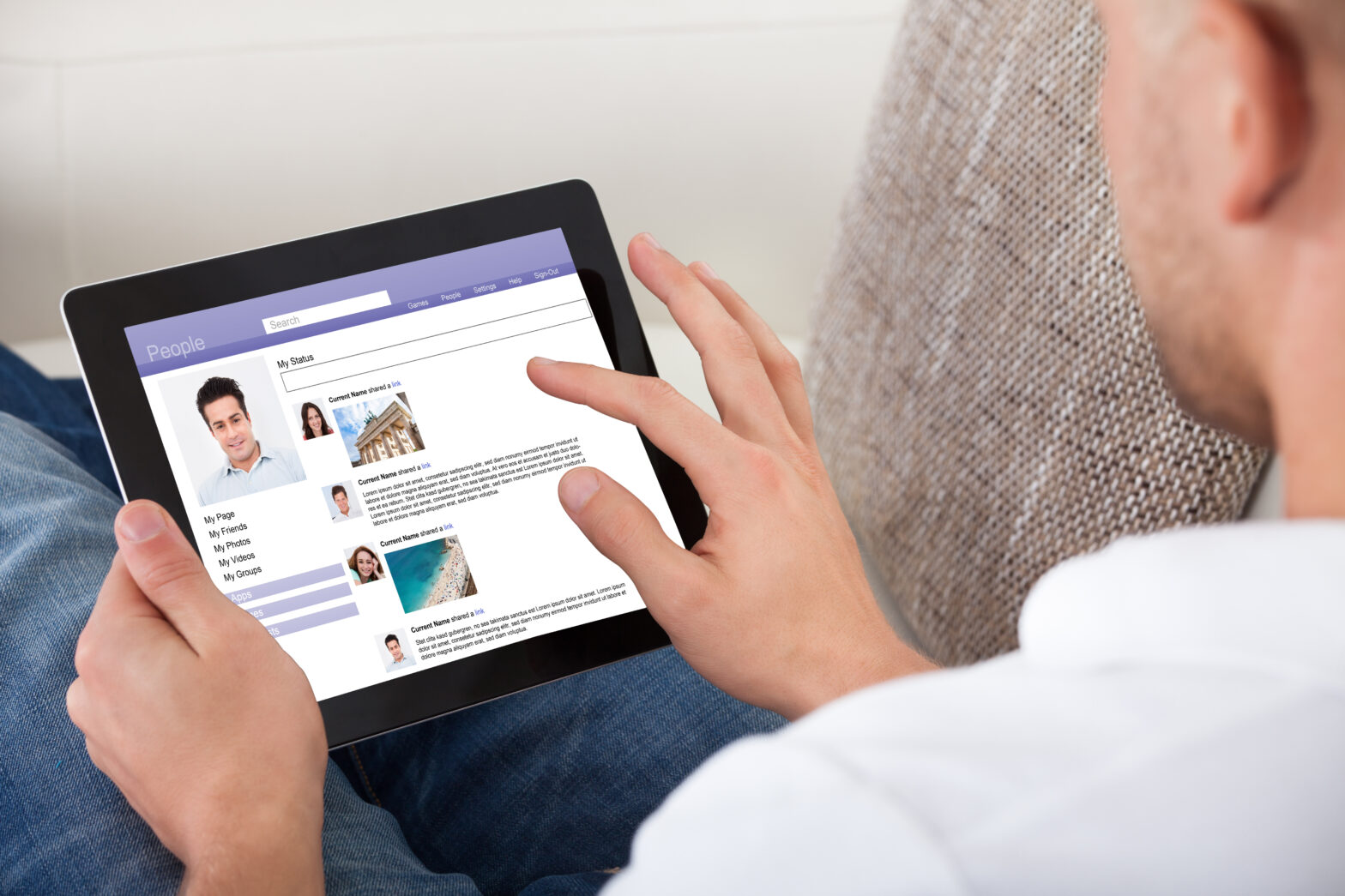Anyone setting up a new business knows how important customer service is to the growth of your company. If you are looking to put the needs of your customer first, it’s essential to harness the power of user experience.
User experience, or UX, is the customer service your customers and potential customers experience when browsing your website. UX can include design elements such as removing any obstacles users may face when using your site. The experience a user has on your site can influence their choice to do business with you, and ultimately whether or not they return to your site.
In order to ensure your customers have a great online experience, we have spoken to John Turner of UsersThink (JT) and Levent Gurses of Movel (LG) who have provided us with actionable advice and insights on how they tackle UX.
How do you define user experience?
JT: User experience is the sum total of all of the touch points a user, customer, or visitor has interacting with your brand, company, website, app, or anyone representing you or something you’ve made. It’s a pretty broad amount of area to cover, but it matters a lot, especially in a world where switching costs are approaching zero.
LG: We define user experience as the special connection between a user and the product, service, app, device or company they connect to. User experience is a journey which starts from a first glance of a brand or an ad, or the first step into a store and continues through the usage of the product or service, to getting customer support and to upgrading to newer versions. The totality of this journey is what defines user experience. In the specific context of mobile or web apps, user experience is the ability to relate to the app and accomplish a desired task, while also enjoying the app. Enjoyment is a key element of well-designed UX. Users should not get lost or fight the app to accomplish the task at hand. The app should anticipate their needs and gently guide them towards accomplishing them.
In what ways do you help clients with user experience?
JT: We help people with the approach that delivers the fastest improvements to UX: getting feedback. By making it easier and quicker to get real feedback from real people, problems, issues and concerns become more real to folks building products, services and businesses. Being able to get that feedback cuts through the noise, and helps you deliver a much better experience.
LG: Most of our clients are businesses, serving other clients. We help clients through educating them on UX and understanding their clients’ demographics and usage patterns. Creating UX mock-ups and functional prototypes is a standard part of our app design workflow. Helping our clients envision an end state or a ‘state of success’ helps in creating the best user experience and deliver the best value.
What impact has ‘mobilegeddon’ had on the future of user experience?
JT: I think the impact has been positive, as I’ve seen a number of individuals and companies who ignored mobile/multiple device size and form factors suddenly take it very, very seriously. The impact reminds me a lot of when Google said that page load time would be a ranking factor; people took very serious a metric/approach that they should have before, because it was always in their best interest. I also think it helped raise the real awareness that seems obvious in our day-to-day lives, but can be hard to learn when you’re working on your product that users don’t access information the same way they did just a handful of years ago.
LG: In the short term, it could lead to confusion, but in the long term, given the proliferation of mobile devices and how many of the searches are done on smart devices, it’s a good thing for Google to rethink their search algorithm. From a user experience perspective the better view ability on mobile devices the better. We use Google’s test tool to test our site and those of our clients to make sure it passes their standards for mobile usability.
What simple steps can start-ups take improve user experience for their customers?
JT: By far the simplest step is something I’ve built my company around: getting feedback. It’s amazing how quickly the focused feedback from a few people can solidify what isn’t working, or what is, and helps those working on UX improve the fastest, as well as quickly test out new ideas/approaches.
LG: Our best step is to spend a day with our customers on the field. If they are financial advisers, we sit with them and observe how they interact with their clients and their technology. If they are site surveyors, we go out and participate in site inspections. The amount of knowledge from these field sessions is tremendous. The other thing is to follow the best practices for simple user design. There are big differences in the design trends of the 90s, 00s and today. Your UX should reflect the changing preferences of the people using it.
Gareth Bull is director of Bulldog Digital Media.




